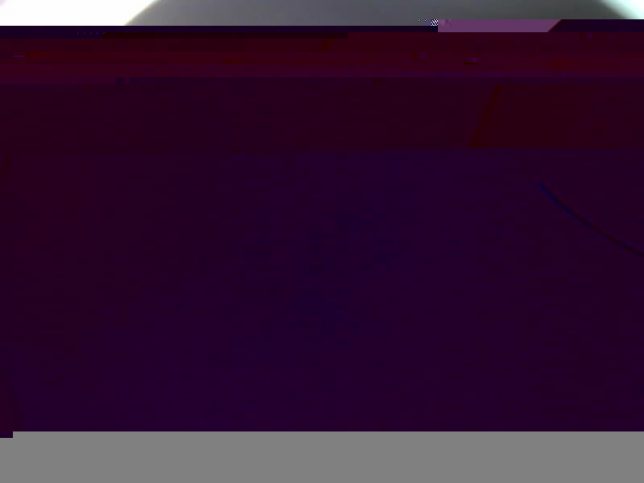The Amateur satellite BY70-1 launched yesterday at around 3:00UTC. The launch was a partial failure, as all the satellites from this launch have been put in a 520x220km orbit. The perigee is too low to support a long duration orbit, and the satellites will decay in a couple months. BY70-1 has a 9k6 BPSK telemetry downlink on 70cm. This downlink is also used to download JPEG images from the onboard camera. I’ve talked about this in a previous post.
Since I’m at 33C3, I haven’t been able to receive this satellite with my own equipment yet. However, Tetsu JA0CAW already has posted some IQ recordings. Here I look at recording1 and recording2.
My first impression is that the packets are not very strong. I don’t know if this is something about JA0CAW’s station or that the downlink of BY70-1 is not very strong. I’ve only managed to decode the strongest packets in the recording. In comparison, LilacSat-2 has a very strong downlink and I can decode correctly almost from horizon to horizon with a handheld 7 element yagi.
Perhaps it’s possible to do some optimization of the decoder parameters such as filter width or loop bandwidths, but so far I haven’t experimented much. I just wanted to write a quick post to publish all the information I’ve managed to decode. I’m using the decoder from gr-satellites. The decoder log from recording1 is in this gist. From recording2 I could only decode a couple of JPEG packets and no telemetry packets.
There are three distinct types of telemetry packets. It seems that BY70-1 transmits all the three types in a single burst. Another curiosity: the message in one of the telemetry packets uses the callsign ON02CN, which is the Belgian callsign that LilacSat-1 will use. Since LilacSat-1 is part of the QB50 project, it makes sense that it uses a Belgian callsign. However, it seems that it’s some sort of software configuration error that BY70-1 is also using this callsign.
Update on 30/12/2016: I have found that there was a problem with the Costas loop bandwidth in the GNU Radio receiver on gr-satellites. Its value was too large. I have copied the value from the example demodulator on gr-lilacsat and now the decoder works much better. I have even been able to decode the following image from recording2.

The result looks pretty bad, but the keen eye will notice that in fact there are few packets lost in this JPEG image. Compare with the image posted by BG2BHC, which has no errors and is presumably the same image.
2 comments